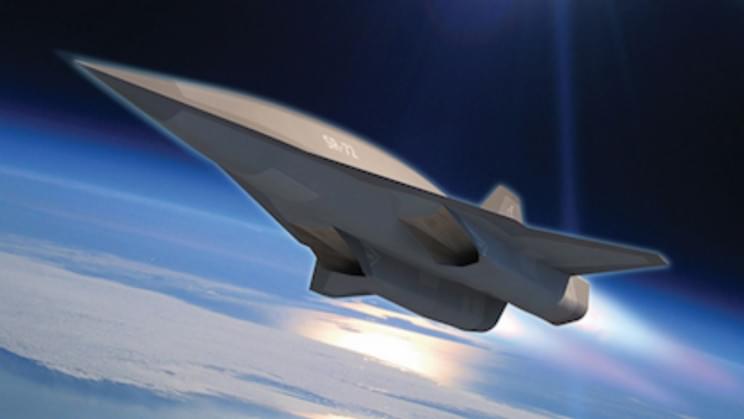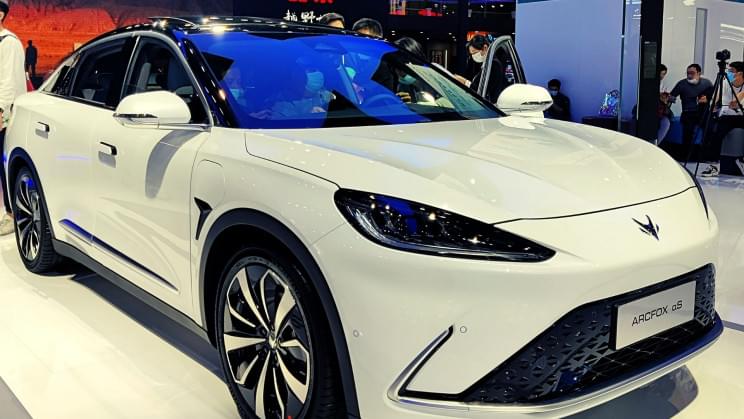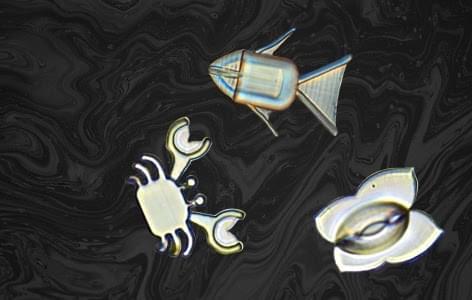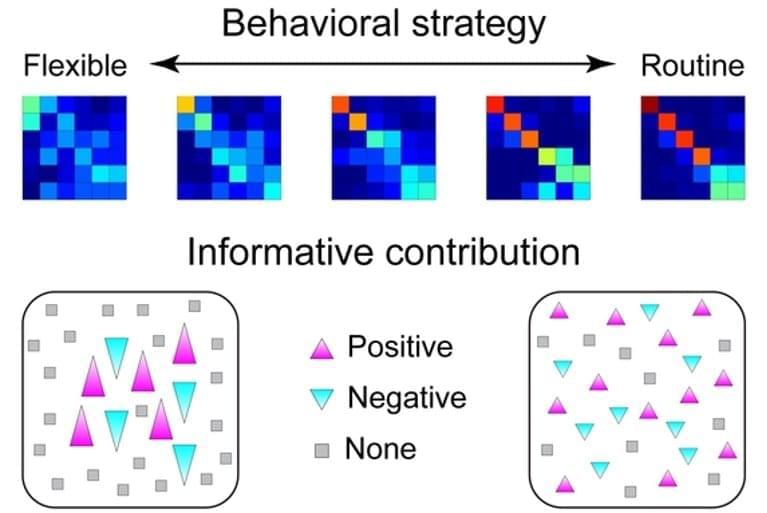Lockheed Martin’s new hypersonic plane is expected to travel at Mach 6.
The Lockheed Martin SR-72, which is rumored to be the world’s fastest plane, is expected to make a test flight in 2025, eight years after its private proposal in 2013.
SR-72 will be the successor of the SR-71 Blackbird, the fastest manned aircraft which smashed speed records in 1974 and was retired by the U.S. Air Force back in 1998.
The SR-72, or “Son of Blackbird” is envisioned as an unmanned, hypersonic and reusable, reconnaissance, surveillance, and strike aircraft. The striking ability of the aircraft comes to the fore as it will, reportedly, support Lockheed Martin’s novel High-Speed Strike Weapon (HSSW). The aircraft’s combat capabilities enable it to strike its target in dangerous environments that are deemed risky for slower manned aircraft.
Since the technology to build the aircraft was overly ambitious when the project was announced in 2013, the project had to wait for several years.
Full Story:









